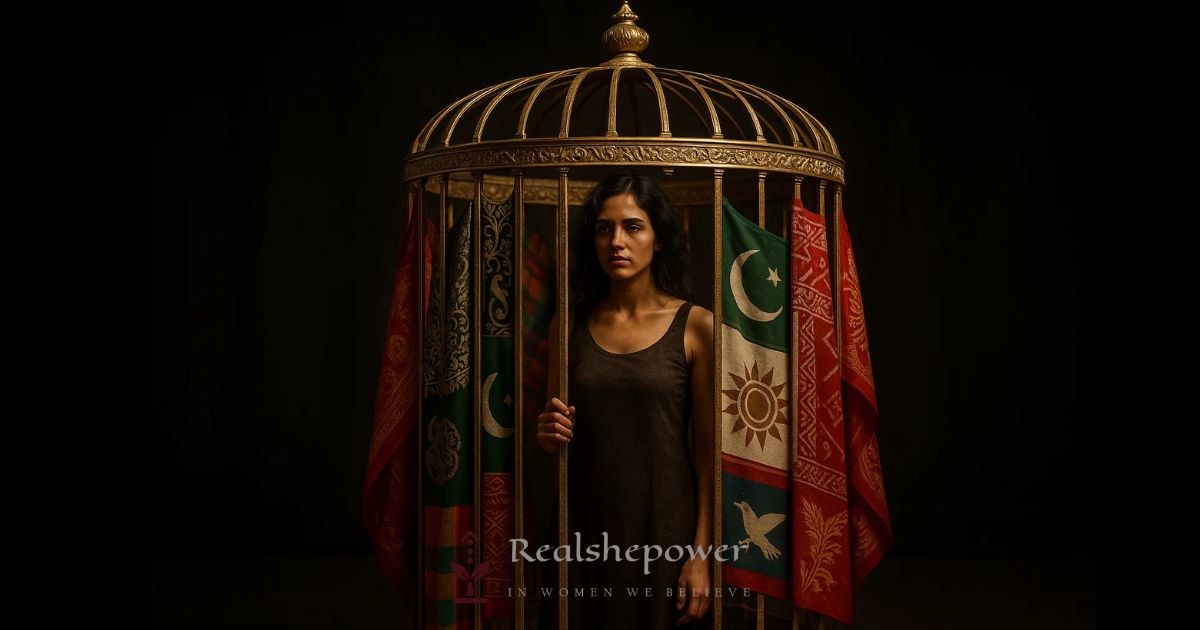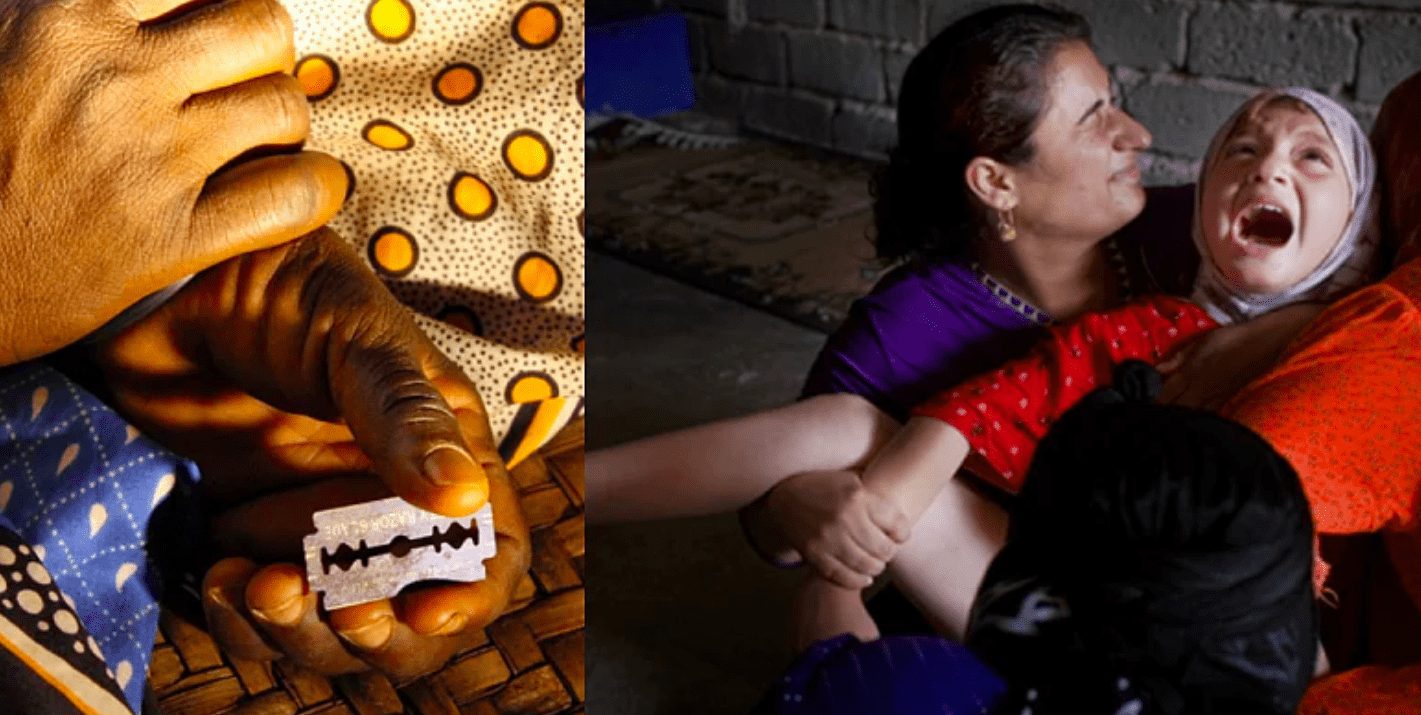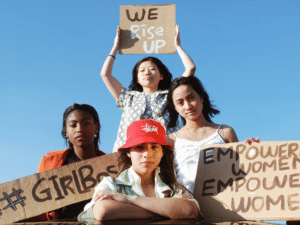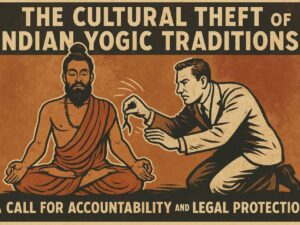The Dangerous Disguise of “Tradition”
Tradition, at its best, connects us to our roots. It carries the songs of our ancestors, the recipes that warm our kitchens, and the festivals that unite communities. But not every tradition deserves reverence. Some are relics of a time when human rights — especially women’s rights — were not even part of the conversation.
The problem is that when harmful practices are framed as “tradition,” they become harder to challenge. The word itself acts as a shield, protecting outdated and oppressive systems from scrutiny. When someone questions a tradition, defenders quickly switch the conversation: “You’re not just questioning a practice; you’re disrespecting our culture.”
This emotional manipulation works because people fear being seen as traitors to their heritage. But we must ask — whose heritage, and at whose expense? Often, traditions that restrict women’s autonomy are not ancient cultural treasures. They are systems of control dressed up to look respectable.
How “Tradition” Becomes a Tool of Control
Across continents, cultures, and religions, the same pattern emerges: when a tradition limits women’s rights, it is rarely abandoned, even when it causes harm. Instead, it is justified as a cultural necessity, a marker of identity, or a safeguard for morality. In reality, it safeguards male dominance.
1. Policing Women’s Bodies Under the Banner of Tradition
Clothing and appearance are among the most visible targets of so-called cultural traditions. Control over women’s clothing is not about fashion — it’s about power. Clothing rules often claim to protect “modesty” or “honor,” but they function as public displays of compliance to patriarchal authority.
- Iran’s Compulsory Hijab Law: Introduced after the 1979 Islamic Revolution, Iran’s hijab law forces women to cover their hair in public. The state frames it as part of national and religious identity. Yet the law removes women’s ability to choose for themselves, making it a matter of state control, not personal faith. The ongoing protests led by Iranian women show that it is not a harmless tradition, but a deeply contested political tool.
- Modesty Rules in the West: While Western societies often critique dress codes elsewhere, they enforce their own versions. From school dress codes that disproportionately target girls’ clothing to professional settings that demand “appropriate” attire for women but not men, these rules are framed as respectability but act as subtle restrictions.
- Social Enforcement: Even without legal backing, “tradition” can enforce dress codes through gossip, shaming, and exclusion. In rural communities worldwide, women who dress outside expected norms are labeled “disrespectful” or “immoral,” making noncompliance socially costly.
Recommended Read
2. Marriage Customs That Strip Away Choice
Marriage traditions are among the most deeply entrenched ways that cultures control women. They dictate not only who and when a woman can marry, but also what her value is within the union.
- Forced Marriages: In many cultures, arranged marriages are presented as tradition. While consensual arranged marriages can be a choice, forced marriages — where women have no say — are violations of human rights. Yet defenders claim it maintains family honor.
- Dowry in South Asia: Dowry began centuries ago as a way for parents to provide financial support for their daughters. Today, it has become a bargaining tool, with brides’ families facing financial ruin to meet demands. Dowry-related violence, including murders, continues despite being illegal in countries like India, because it is cloaked as tradition.
- Bride Price in Africa: In some African countries, the bride price is paid by the groom’s family to the bride’s family. While presented as respect for the bride, it can create a sense of ownership, reinforcing the idea that women are commodities. This transactional framing makes it easier for husbands to justify controlling behavior.
- Virginity Testing: In countries like Indonesia and Afghanistan, virginity tests are justified as preserving family honor before marriage. These invasive, pseudoscientific practices are violations of privacy and bodily autonomy, yet are defended as cultural customs.
3. Limiting Women’s Education and Work in the Name of Culture
Control over women’s education and employment is a particularly effective way to maintain systemic inequality. If women lack economic independence, they remain dependent on male authority, which reinforces patriarchal power.
- Afghanistan’s Education Ban for Girls: Under Taliban rule, girls are prohibited from attending school beyond a certain age. Officials claim it protects traditional gender roles, but in reality, it deprives women of the tools to challenge their oppression.
- Child Marriage as Cultural Preservation: In some rural areas across Africa and South Asia, parents remove girls from school early, citing tradition, to prepare them for marriage. While framed as preserving family honor or securing their future, the real effect is limiting their independence.
- Professional Limitations: In conservative regions worldwide, women are pressured to avoid careers that are “unfeminine” or “inappropriate,” such as politics, law enforcement, or engineering. Even in corporate offices in developed nations, women face subtle pressures to choose “softer” career paths that do not threaten male dominance in leadership roles.
Recommended Read
4. Reproductive Control Disguised as Tradition
Reproductive autonomy is a cornerstone of women’s freedom. That’s why traditions and cultural norms so often target it. When women cannot decide if, when, and how to have children, they are forced into life paths that primarily serve patriarchal interests.
- Religious Opposition to Contraception: In conservative Catholic and Muslim communities, contraception is often condemned as against tradition or divine will. This leaves women with fewer options to plan their lives, particularly in places where abortion is also banned.
- Female Genital Mutilation (FGM): Practiced in parts of Africa, the Middle East, and Asia, FGM is defended as a cultural rite of passage into womanhood. The reality is it causes lifelong physical and psychological harm and is designed to suppress women’s sexual autonomy.
- Restrictions on Abortion: In countries like Poland and parts of the United States, abortion bans are framed as protecting “family values” or cultural morality. In truth, they strip women of control over their own bodies and futures, forcing them to carry pregnancies regardless of circumstances.
Recommended Read
Why “Tradition” Is Such a Powerful Shield
Tradition works as a shield because it shifts the conversation from justice to identity. Anyone who questions it risks being labeled a traitor to their heritage. This is why even young, educated members of a community often hesitate to challenge harmful customs — they fear social exclusion more than they fear the injustice itself.
It also allows governments, religious leaders, and community elders to resist reform without appearing regressive. By hiding behind the language of culture, they can frame oppression as protection.
Breaking the Illusion: The Questions We Must Ask
To dismantle these harmful traditions, we need to reframe the conversation. Instead of asking whether something is part of our culture, we should ask:
- Who benefits from this practice?
- Who is harmed by it?
- Would this tradition still exist if men were subjected to it in the same way?
- Does preserving this tradition preserve culture — or control?
Tradition vs. Transformation
Culture evolves. Languages change. Customs fade. The idea that traditions must be frozen in time is a myth used by those who benefit from them. Many harmful practices — from foot binding in China to the transatlantic slave trade — were once defended as tradition, but humanity moved beyond them.
If a tradition enriches lives without violating rights, it can be celebrated. If it enforces inequality, it must be abandoned.
Conclusion: Call It What It Is
When a tradition controls women’s bodies, choices, or freedoms, it is not heritage. It is control. And control, no matter how beautifully decorated with cultural pride, is still oppression.
The next time someone defends a harmful practice as “just tradition,” remember: the most dangerous chains are the ones painted gold.











































